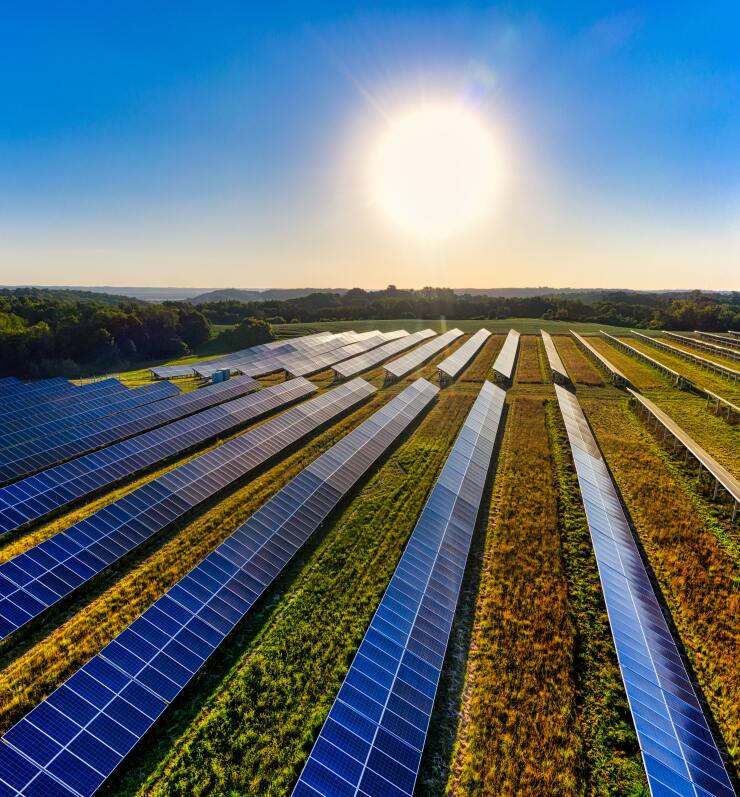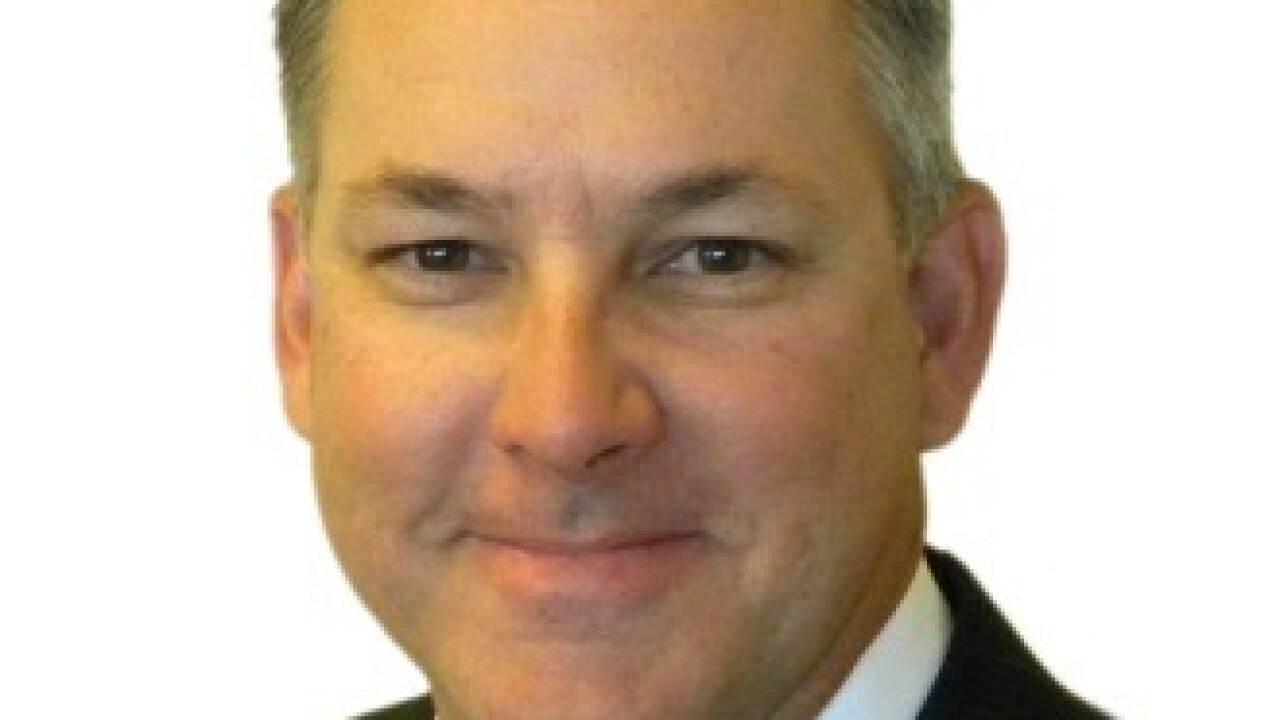The COVID-19 pandemic response might have rendered much of the U.S. economy inert during containment efforts in 2020 and 2021, but industry professionals in the property assessed clean energy (PACE) sector found innovative ways to continue growing.
“We learned that the PACE laws that we lend through allow for retroactive financing,” Jessica Bailey, CEO and co-founder of Greenworks Lending, said during an update on the solar and storage sectors at the IMN ABS East conference held in Miami recently.
During the deep economic troughs stemming from the pandemic response, a lot of developers had decided not to build, and a lot of landlords decided to not to move forward with plans to renovate their older properties, Bailey said.
Greenworks, however, discovered commercial property owners who had previously invested in their property by either using their own money, or a different source of financing and free up some liquidity for them through asset securitization, Bailey said.
“What felt like, in the earlier days, like a crisis … we were able to grow from it,” Bailey told attendees during the three-day conference in Miami.
That was just one lesson professionals said they learned from the preceding year. Other experts on the panel, which included Nathan Gabig, a Washington, D.C.-based partner at KPMG; Laura Stern, co-CEO of Nautilus Solar Energy; Jeff Weiss, executive chairman of Distributed Sun; and Adam Shor, principal of Shor Power, weighed in on other key lessons.
In 2021 people in general continued to show themselves to be inherently collaborative, Weiss said.
Bailey also noted that if the U.S. is going to meet emissions reductions goals for 2030, including operating an economy that gets 30% of its energy from renewable sources, industries will need about $100 billion annually in capital to do that.
“In 2020 we had $25 billion,” she noted. “We need a dramatic move of capital.”
The opportunities are there, Bailey said. Among commercial real estate properties sized 10,000 square feet or larger, 70% of them have available roof space for solar panels.
“We really are at the earliest stages of this,” Bailey said, she noted that growth CRE sectors like warehouses and manufacturing facilities need the financing solutions to install solar units. “It is a smart business decision for them.”
Shor, of Shor Power, highlighted some cautionary lessons, particularly unforeseen risks that stall projects, such as the potential extension of World Trade Organization tariffs on solar hardware, issues driven by the tax calendar that potentially impeded progress on solar projects, and supply chain quagmires.
Panelists also noted aspects of the industry that were loathsome to them, such as the necessity of the public sector’s involvement. Indeed, President Joe Biden’s key domestic policy legislation, Build Back Better, continues to hit snags in Senate negotiations.
Weiss noted that Distributed Sun recently worked with two communities in upstate New York that were virtually identical in their characteristics — except the way the approached working within the confines of pandemic responses. A project in one town was delayed by about four months because town officials moved conventionally and slowly the project, while another was delayed by just a week because they shifted town business to supporting services like Zoom.






